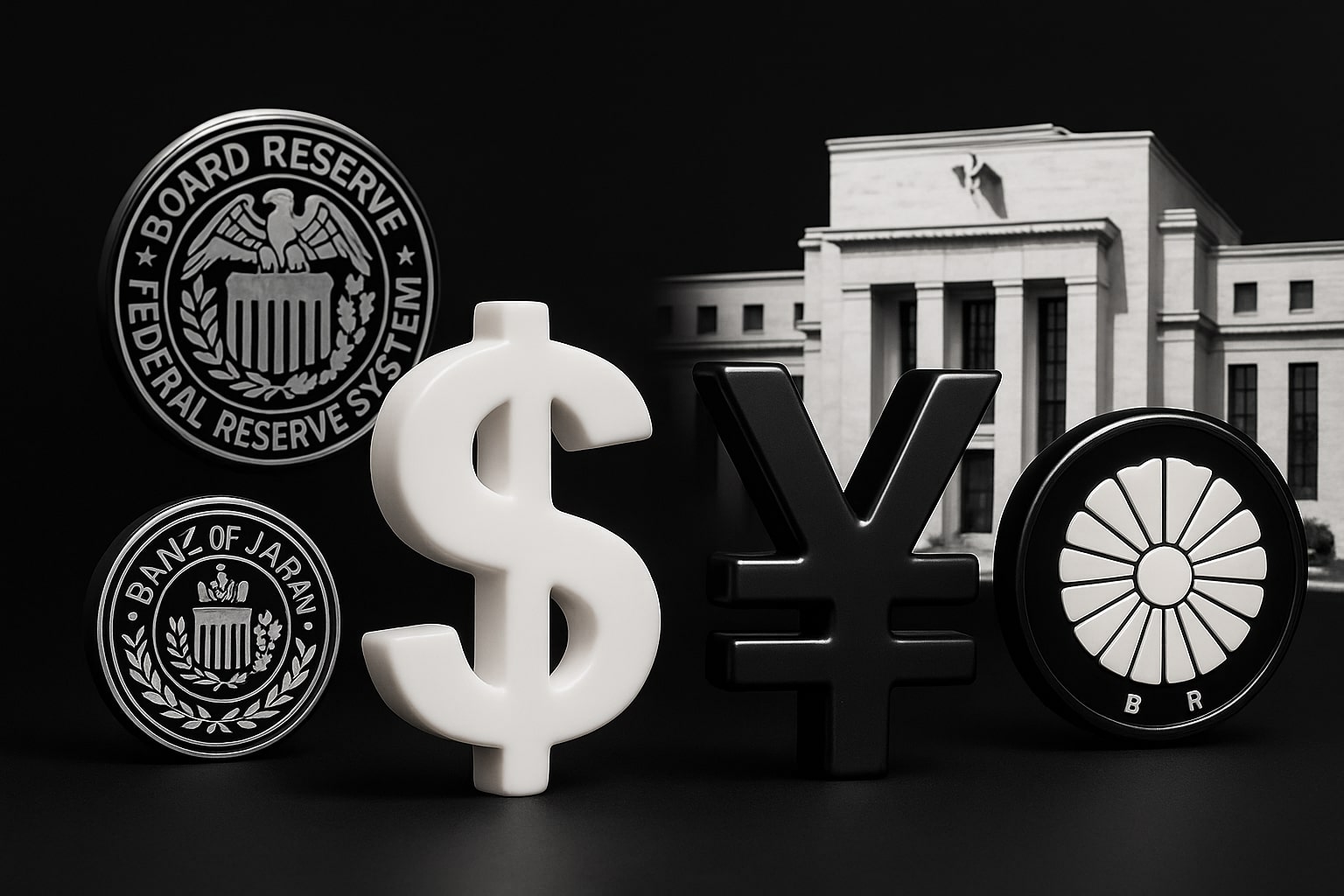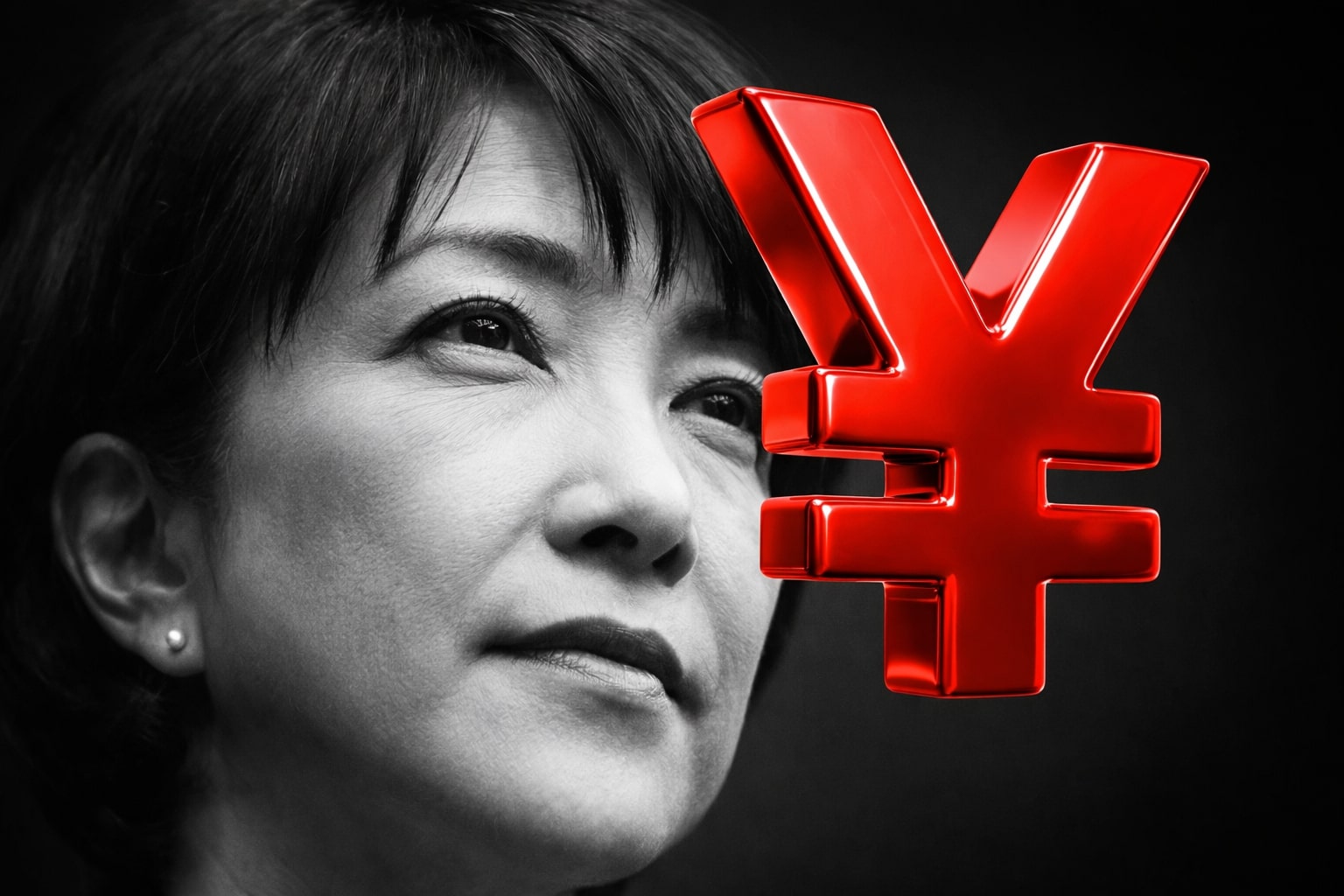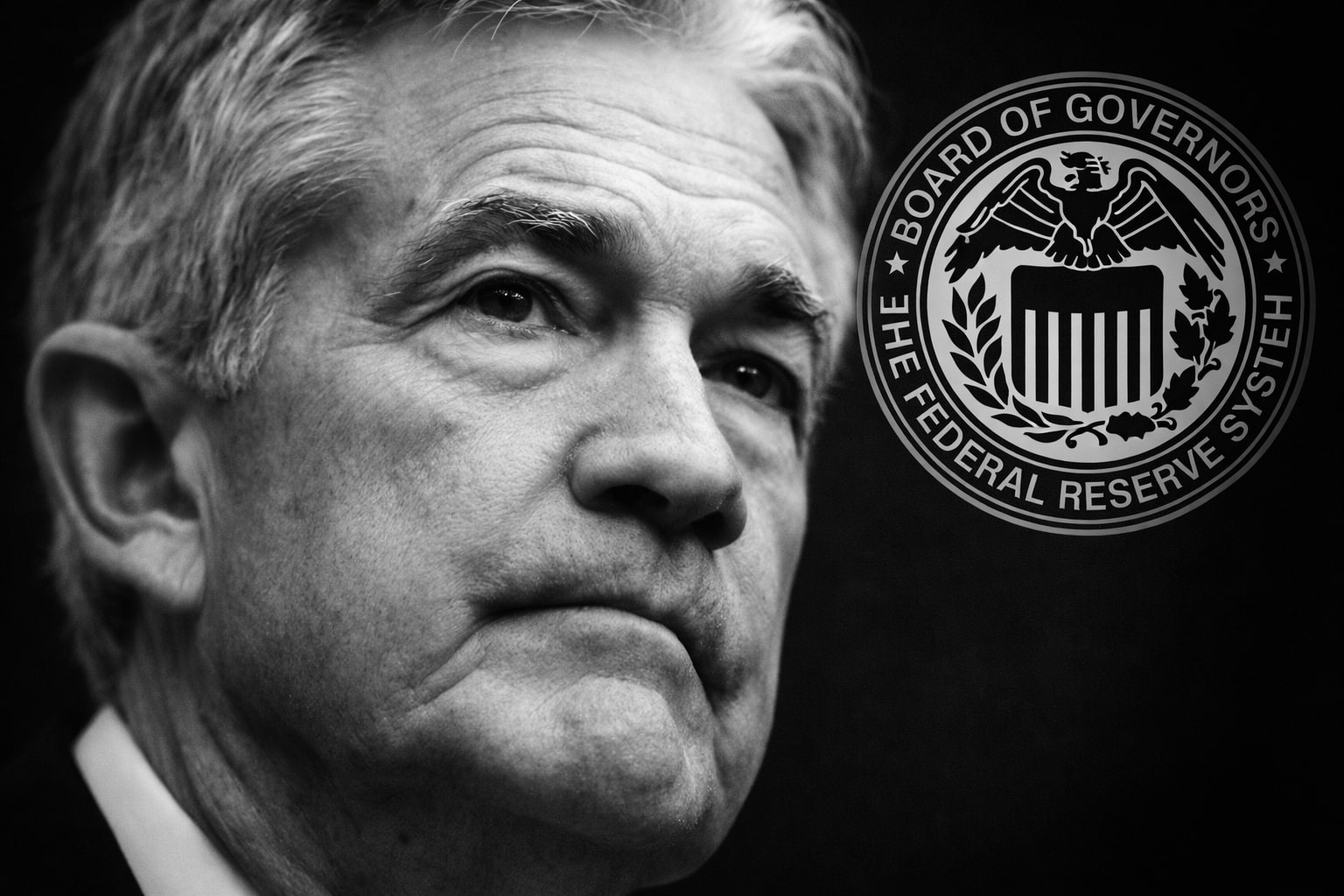Overbought Channel Signals Reversal Risk
Technical analysis from institutional desks indicates that USD/JPY is testing the upper boundary of a rising channel that began in April 2025. A confirmed breakout above 153.30 would validate a bullish continuation toward 157.00, but the probability of such a move has declined sharply given the overextended conditions.
The three-day chart reveals momentum comparable to levels last observed in January 2025—historically followed by 1.5–2.0% corrections within two weeks. If prices remain capped at 151.40 and slip below the midrange of the channel, bears may push toward 149.90, with deeper support emerging at 148.00–147.40, where previous institutional demand reappeared. The combination of overbought momentum, softening yields, and macro uncertainty supports a near-term bearish stance, even as medium-term fundamentals stay broadly Dollar-positive.
Yen Crosses Show Mixed Signals: AUD/JPY and GBP/JPY Stabilize
The broader Yen complex paints a mixed picture. AUD/JPY has held above 97.85, forming higher lows and a bullish divergence on the hourly RSI(14), suggesting a short-term rebound toward the 99–100 region before potential exhaustion. Similarly, GBP/JPY printed a bullish inside day after Tuesday’s bearish engulfing pattern, signaling stabilization above 201.00 and potential retracement toward 203.50–204.50 before resuming its broader downtrend.
By contrast, USD/JPY appears the weakest among major Yen pairs, with price action below key moving averages and inverted hammer patterns confirming distribution at the top of the range. The divergence across Yen pairs indicates that while cross-currency momentum remains constructive, the Dollar-Yen pair is specifically vulnerable to correction given its heavy positioning and crowded long exposure.
Event Calendar: High-Impact Catalysts Ahead
The near-term direction of USD/JPY will hinge on several scheduled economic events. Key releases include Japan’s Core Machinery Orders (Aug), Tertiary Industry Activity Index, and speeches from BoJ officials Tamura and Lane, all of which may influence monetary expectations. On the U.S. side, traders will monitor IMF meetings, Philadelphia Fed manufacturing data, and remarks from Fed Vice Chair Barr and Governor Waller for cues on interest-rate trajectories.
These catalysts coincide with global macro data, including UK GDP, ECB’s Lane speech, and Canadian housing data, shaping cross-asset volatility. Should the Fed reaffirm its dovish tone while BoJ policymakers maintain ultra-loose conditions, the net effect may preserve the pair’s long-term bullish bias—but only after short-term selling pressure subsides around the 150 zone.
Market Sentiment and Positioning
According to CFTC data, speculative net longs on USD/JPY remain near their 2025 highs, leaving the pair exposed to profit-taking. The USD heat map shows the Greenback rising 0.09% versus the Yen but lagging against European currencies such as the EUR (+0.18%) and GBP (+0.37%), reflecting uneven dollar strength. Interbank flows suggest Japanese importers are still buying USD on dips, but macro funds are rotating into defensive positions ahead of potential IMF policy shifts.
Outlook and Investment Stance
From a structural standpoint, USD/JPY (USDJPY=X) remains trapped between strong fundamentals supporting the Dollar and short-term technical exhaustion favoring a pullback. The prevailing data suggest a neutral-to-bearish short-term bias targeting 150.20, with 149.50 as the lower bound if bearish momentum accelerates. Any recovery above 151.55 could reestablish the bullish channel, but conviction remains weak.
Given the weakening momentum, overbought RSI, and resistance at 151.40, the stance is Sell on Rallies / Hold for 149.50–150.00, anticipating a corrective phase before renewed accumulation. Medium-term traders should monitor upcoming U.S. macro data and BoJ policy statements for signals of potential re-entry, but for now, USD/JPY tilts Bearish in the short term, constrained by fading momentum and renewed macro headwinds.




















